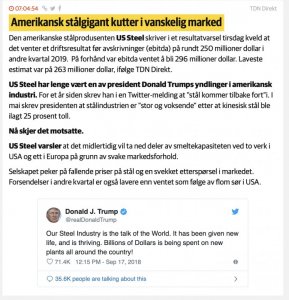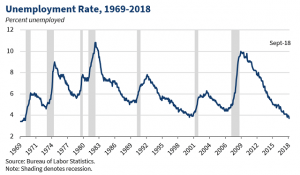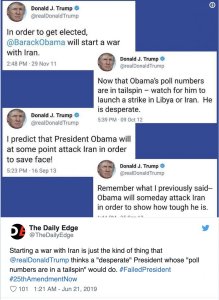I was the lead real estate wealth estimator for the Forbes 400 list in its early years. Trump called me twice in 1984, posing as his fictional “VP of finance” John Barron and professing the kind of riches that ought to land him on the list, despite failing to document them. So when a New York Times exposé last month showed that Trump had lost $1.1 billion between 1985 and 1994, I looked back at my archives and began calling old colleagues to compare these figures with what Trump was telling journalists three decades ago.
First, I turned up three never-before-published letters from Trump to Forbes from 1989, in which he claimed to be worth $3.7 billion. We now know that he reported losses of about $100 million that year and that he was treading near insolvency. Then I started to contact other people who had collided with Trump in those years. Journalists told me how he’d tried to block their reporting on his empire — by making up ethical scandals about them, furnishing fake documents and, in one case, threatening to expose the private life of a closeted media executive. Wall Street analysts witnessed a campaign of intimidation that began when Trump got one of them fired for (correctly) doubting his casinos’ ability to pay off their debts.
Even while he was suffering tremendous financial setbacks — and precisely because he was suffering those setbacks — these efforts show Trump in the desperate act of spinning a mythology about himself (rich) that would sweep aside the facts (broke). And he did it by imperiling the livelihood of his doubters, silencing them and inducing a chilling effect both in the press and among the very people who are supposed to protect investors from terrible gambles like Trump’s businesses. If this self-promotion scheme had failed, Trump would never have become a reality-TV-starring symbol of business acumen. He would have skulked off into anonymity or ignominy, just another failed real estate developer and speculator.
Instead, he fooled the world. Although he’d struggle for the rest of his career to get most legitimate banks to extend credit, the gambit basically worked: It turned him, rather than his empire, into the product, enabling decades of tabloid coverage, countless eponymous goods from casinos to steaks to airlines, dozens of film and TV cameos, and ultimately his image-defining show, “The Apprentice.” It made a man with limited business savvy and less money than he claimed into someone famous for having a surfeit of both. These early (and shockingly impudent) fabrications built one of the greatest brands in American history — one that made Trump a household name and, eventually, president.






